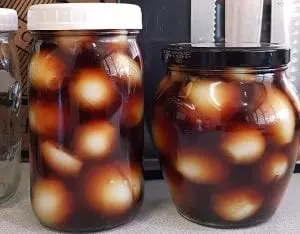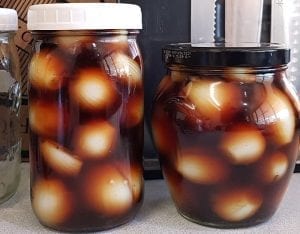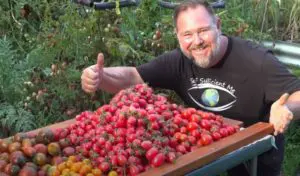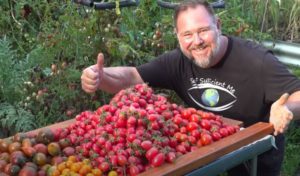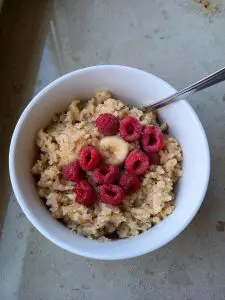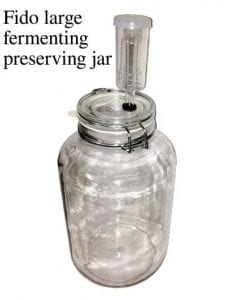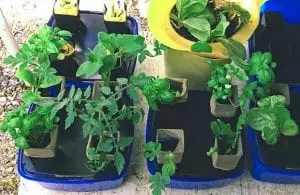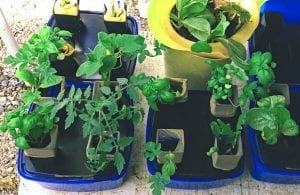There’s no question that composting in some way is great for the environment. We all need to do as much recycling as possible, and turning our household food waste into a valuable resource for the garden is a no-brainer. But what form should that composting take? Should you have a worm farm? Or a compost system? Worm towers? Or all of the above? What are the benefits and drawbacks of each? Here, we look at all these questions and more.
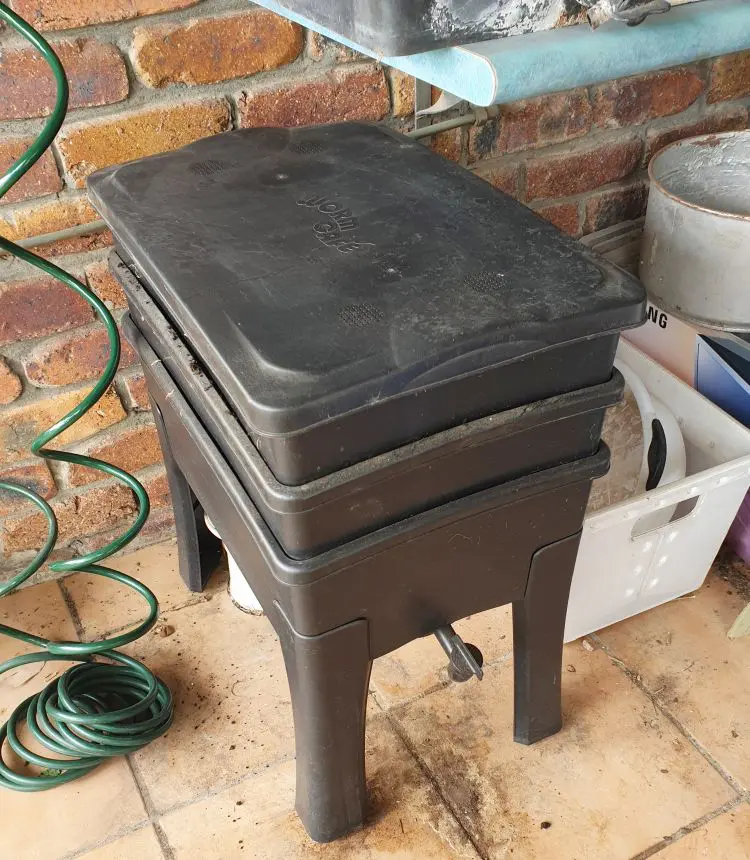
What is a Worm Farm?
Worm farming (aka vermiculture) should really be called worm composting, because it is the process of harnessing worms to convert your organic food waste into a top-quality nutrient-rich fertiliser called worm castings. Worm farms also produce a liquid fertiliser called worm casting leachate, sometimes called ‘worm wee’. Both of these products can be used on plants and soil throughout the garden, providing an organic and perfectly balanced fertiliser that benefits all types of plants. They can be used all year round and best of all, cost you nothing to produce.
The term ‘worm farm’ makes them sound big, but in fact worm farms are very small and easy to keep. They usually consist of a set of two or more stacked trays on a stand or legs. The top tray contains the worms and food scraps. The middle tray/s collect the castings, and the bottom tray collects the liquid that drips down from the trays above. It has a lid to keep pests out, with air holes in the lid so the worms can breathe.
Benefits of a Worm Farm
Worm farms are ideal for small spaces and renters, as they are portable and take up very little space. They are easy and cheap to make if you want to DIY (here is our full guide), or can be bought as kits from major hardware chains worldwide. I made my first worm farm very cheaply from a styrofoam box, a bit of gravel from my driveway and a piece of garden hose, and it worked perfectly for 2 years. Bear in mind that compost worms are not the same as earthworms, so you will need to buy some worms or worm eggs to start off your worm farm. They multiply quickly once in place, so this is a one-off cost.

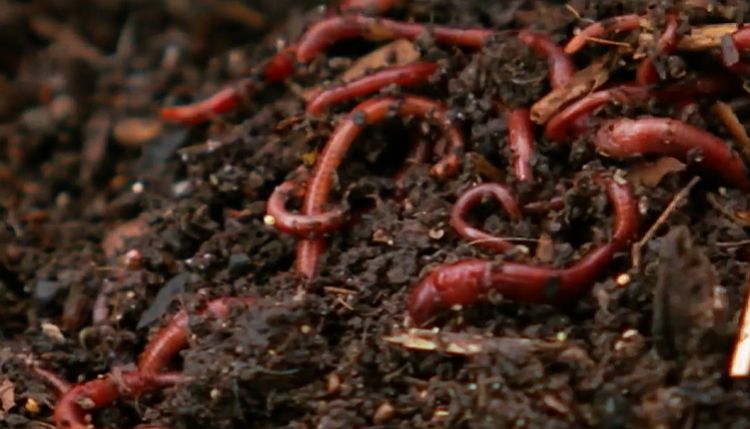
The worms make quick work of your food scraps, so your home-made fertiliser is produced much more quickly than with a traditional composting system. They do this not by eating the food itself, but rather by feeding on the bacteria that is created by the foods decomposition. Compared to traditional composting (which also has its benefits- we’re not talking down compost here), worm farms are convenient, low-maintenance and very efficient.

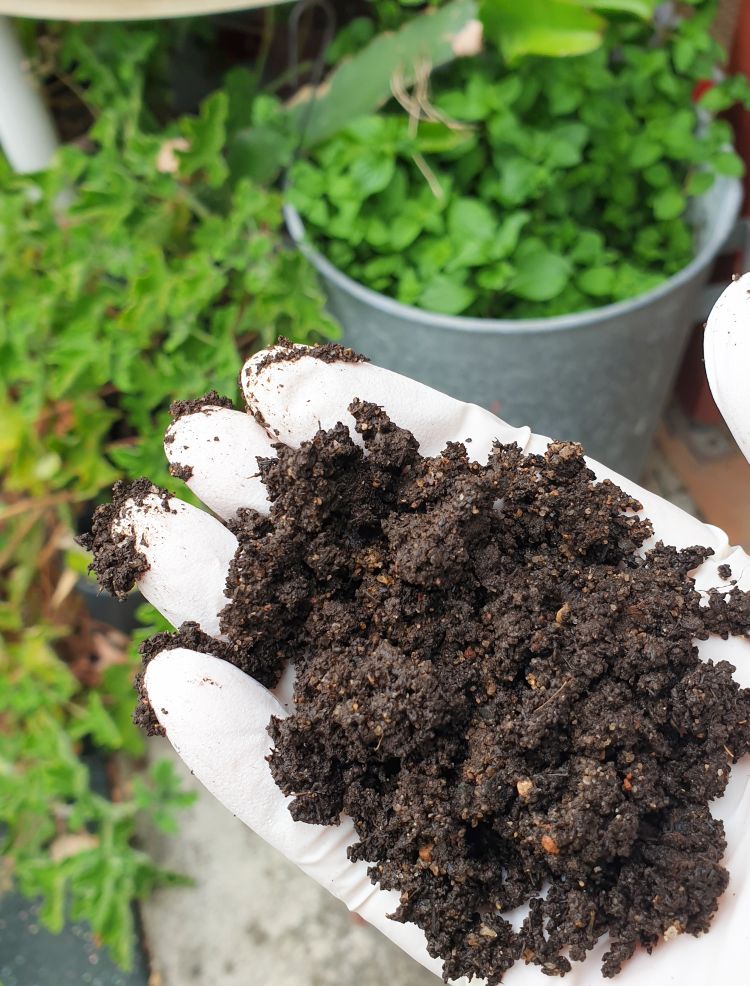
You can put most organic waste into a worm farm, including newspaper & unprinted cardboard, food scraps, egg shells, bread, cheese, coffee grounds and tea leaves, cooked veggies, rice and grains. Things that can’t go in are meat and meat products, fish, garden waste like leaves (put that in the compost instead), glossy paper and fresh manures.

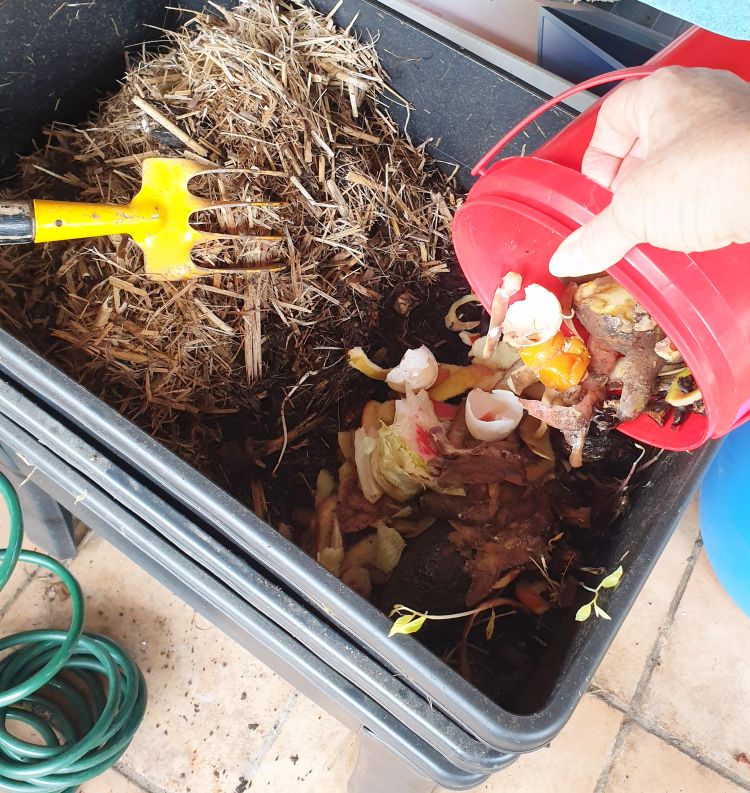
Compost Vs. Worm Farm
Most vegetable growers who take their gardening seriously will operate some sort of compost system. Whether it’s a large 3-bay system like the one shown below, a commercially-purchased bin, a tumbler or an open cold compost, this is an excellent way to turn all sorts of organic waste into fertiliser. A ‘hot pile’ compost heap will work quickly to break the material it contains, but composting is usually a slower process than worm farming, which is something to bear in mind if you want fertiliser made quickly.
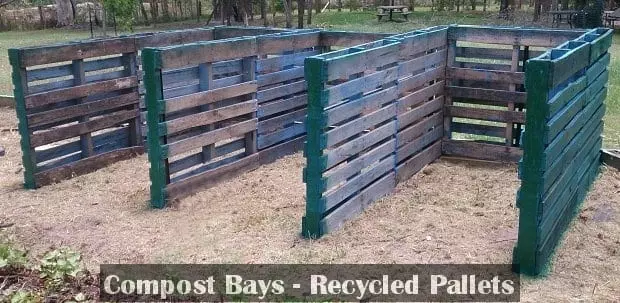
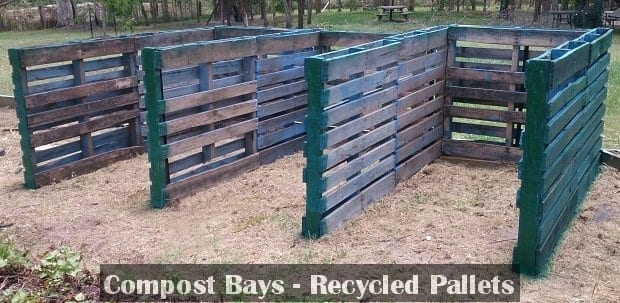
Compost bays like those shown above also take up more space than a worm farm, and aren’t exactly portable. They may take time and effort to set up, and the finished product will only be as good as its ingredients. They also need periodic turning over, which can be a downside if you’re not up to doing some shovelling. On the upside, you can put a wider variety of things in a compost system than into a worm farm. In addition to all the food scraps, composts will take leaves, branches, citrus, onions, cardboard and manures.
What About Worm Towers?
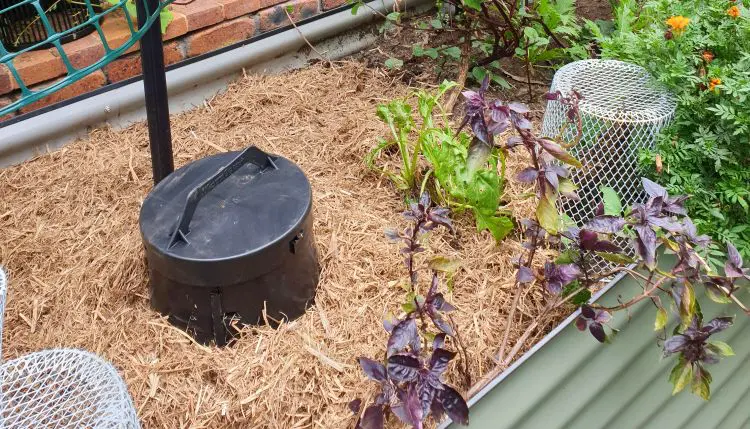
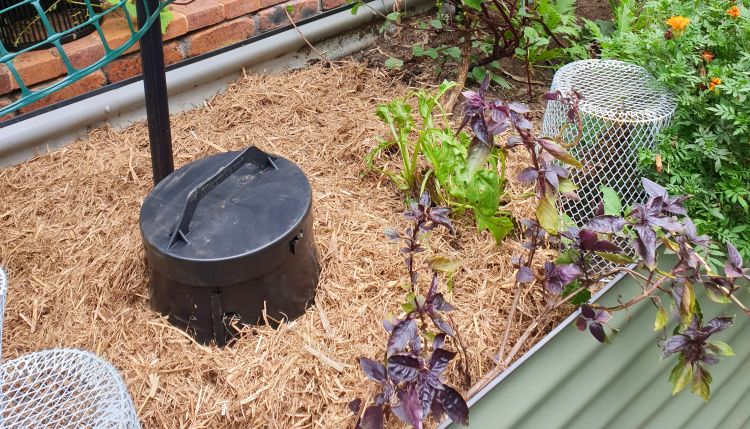
Worm towers are essentially a mini worm farm situated within a garden bed. A permaculture innovation, a worm tower is a cylindrical worm composting system that is partly buried into the soil of a garden bed, but is accessible from the top. They function as an in situ worm farm, and have the benefit of continuously enriching your soil because they have small holes towards the base of the tower (see pic below) through which the worms can move freely. This allows them to carry their castings & other nutrients throughout the soil of the garden bed, thus building soil health & adding nutrition.

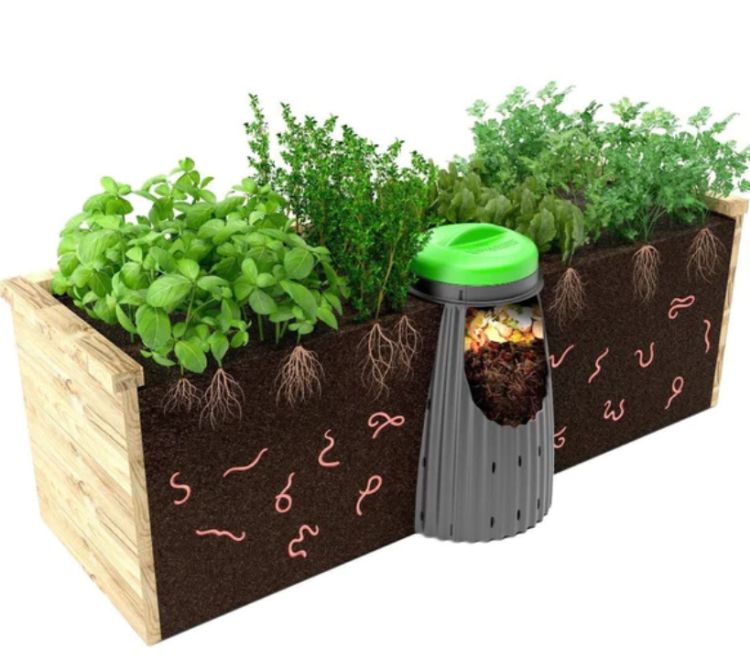
Worm towers are easy to install and maintain. All you need to do is dig a hole, bury the tower, add some soil, compost worms, and food scraps. Cover with mulch of some sort and water in a bit, and hey presto, that’s all you need to do to start a worm tower. To keep them going, just add food scraps from time to time, as you would with a worm farm.
Just like worm farms, you can either buy a worm tower (like the ones shown above) or make your own by drilling large holes in a piece of PVC piping. While the DIY versions are certainly cheaper, I found through experience that the commercial ones are worth the investment. This is because the PVC pipes are so narrow that they don’t hold much. This means that they can’t contain enough food or worms to have much of a positive impact on the surrounding soil.

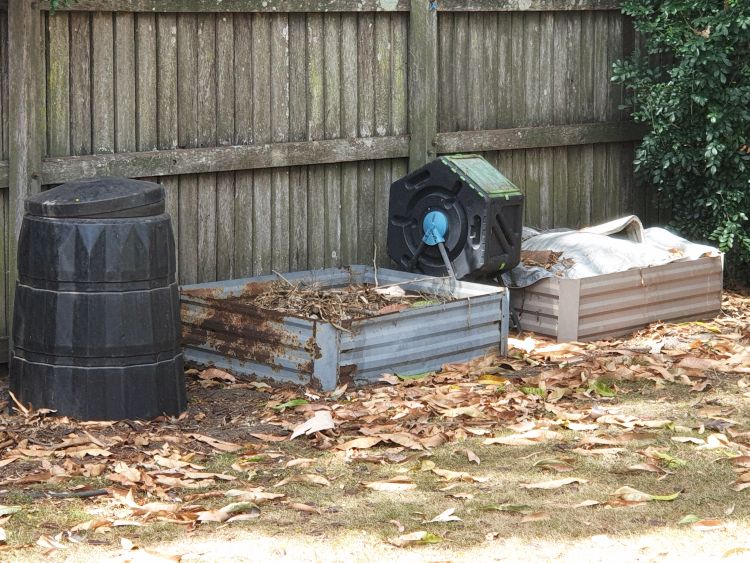
The Low-Down
I’ve tried all sorts of compost systems- hot piles, cold, 3 bays, worm towers, small single-tray worm farms plus the multi-layered commercially purchased types. And I don’t think I’ve found a bad one- they all work and provide rich, balanced, organic garden fertiliser at no cost.
Different systems, however, will suit different gardens, gardeners and abilities. There are no disadvantages to worm towers, as long as your garden beds are big enough to contain one. Compost piles and worm farms are both effective ways of recycling organic waste and turning it into fertiliser. Worm farms make quick work of food scraps and use little space, but aren’t suitable for things like tree clippings, leaves and branches.
Compost bins or piles or bays can recycle all your organic waste and can certainly produce a lot of compost fertiliser. At the same time, they usually do so more slowly than worm farms, they need turning over (effort!) and can require significant space. Ultimately, they’re all good and they all work- it’s just a question of what best suits your individual needs.

